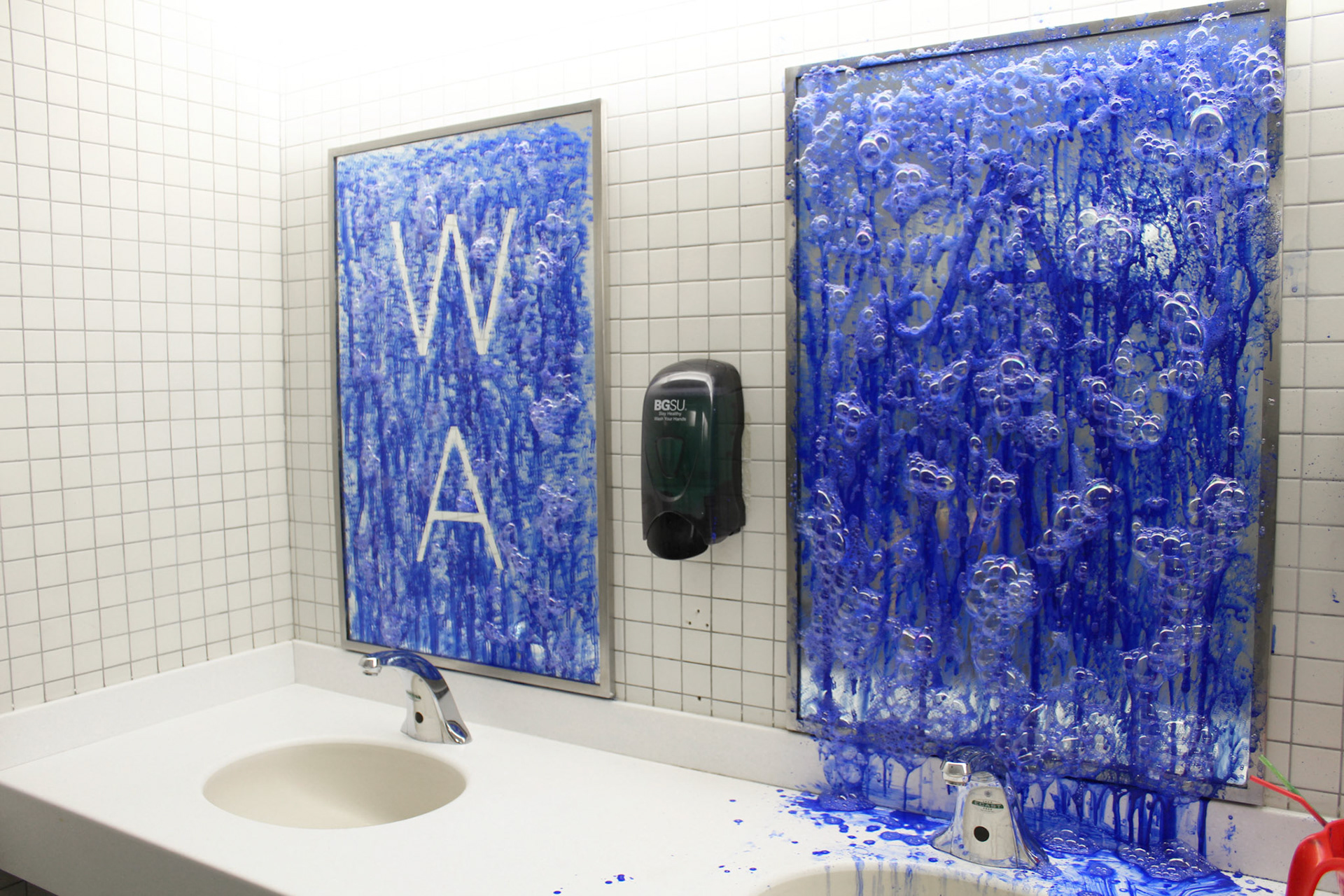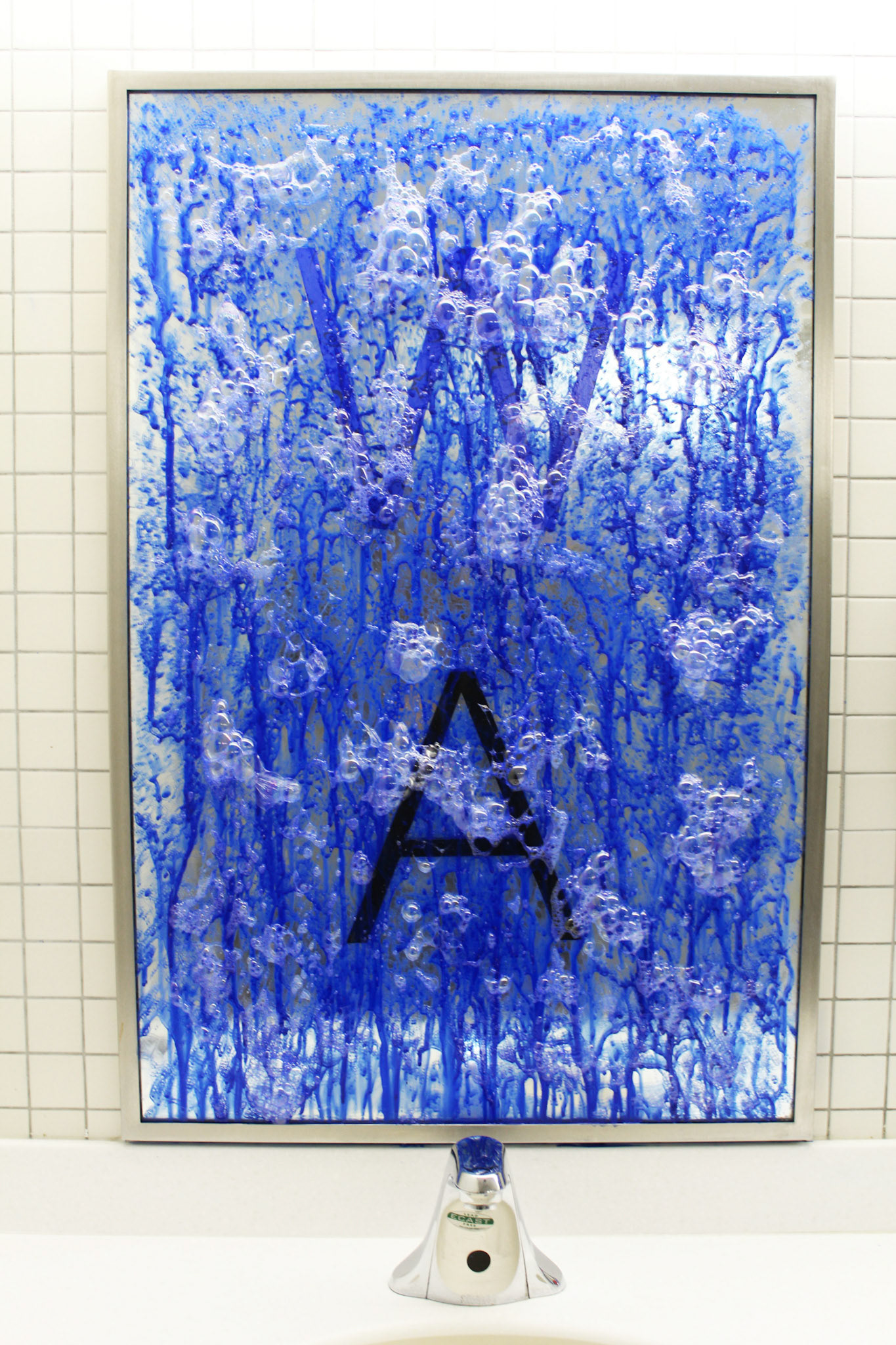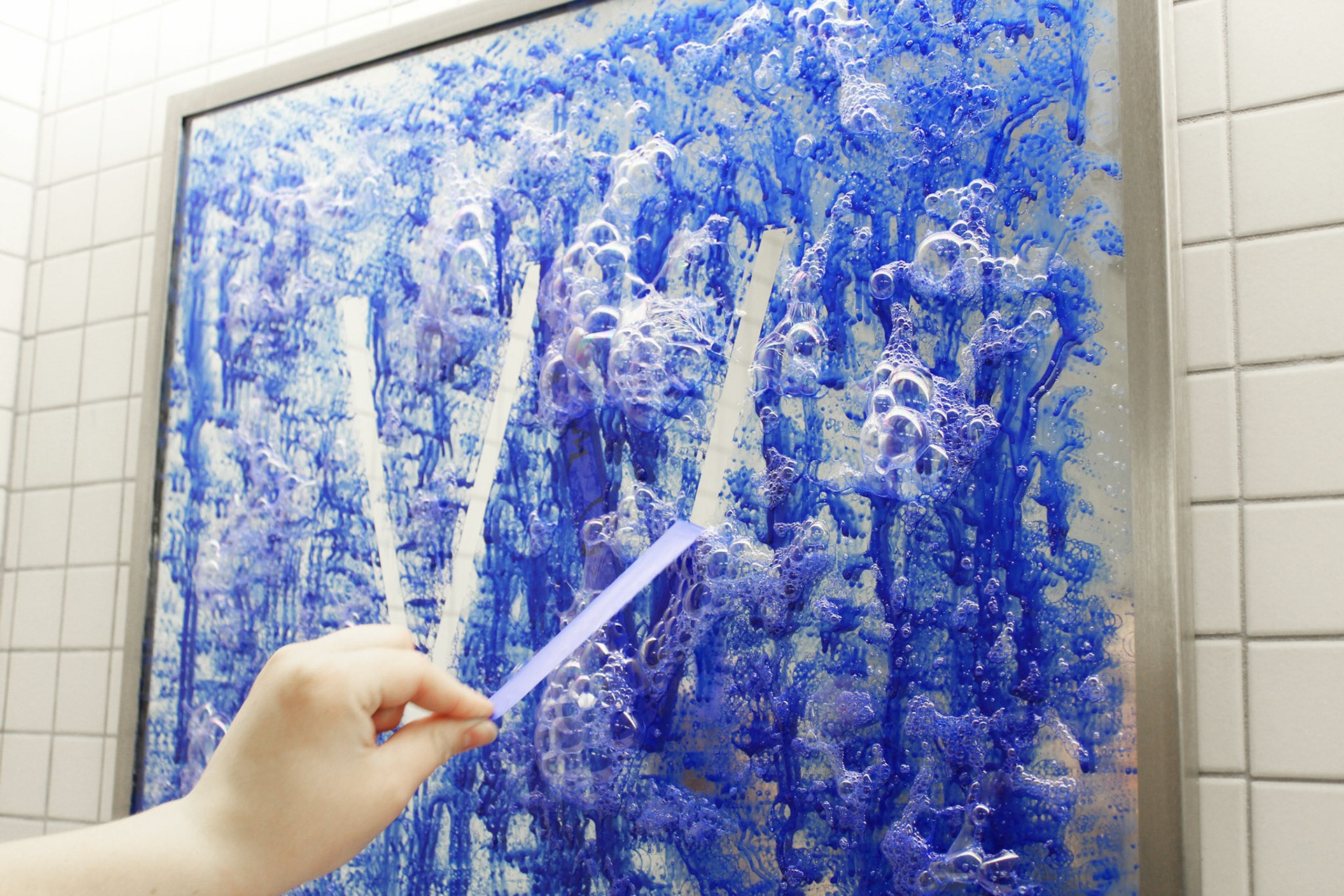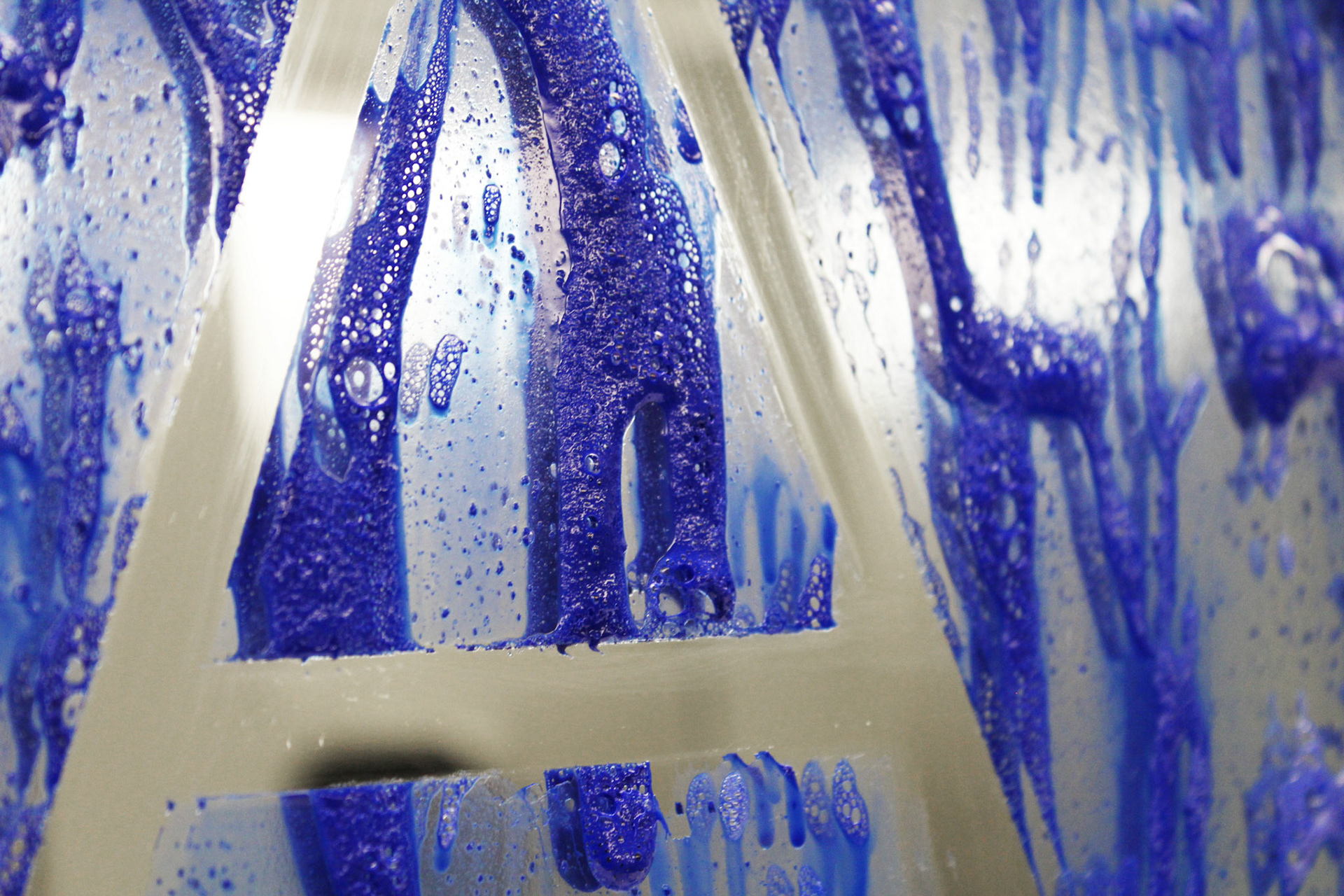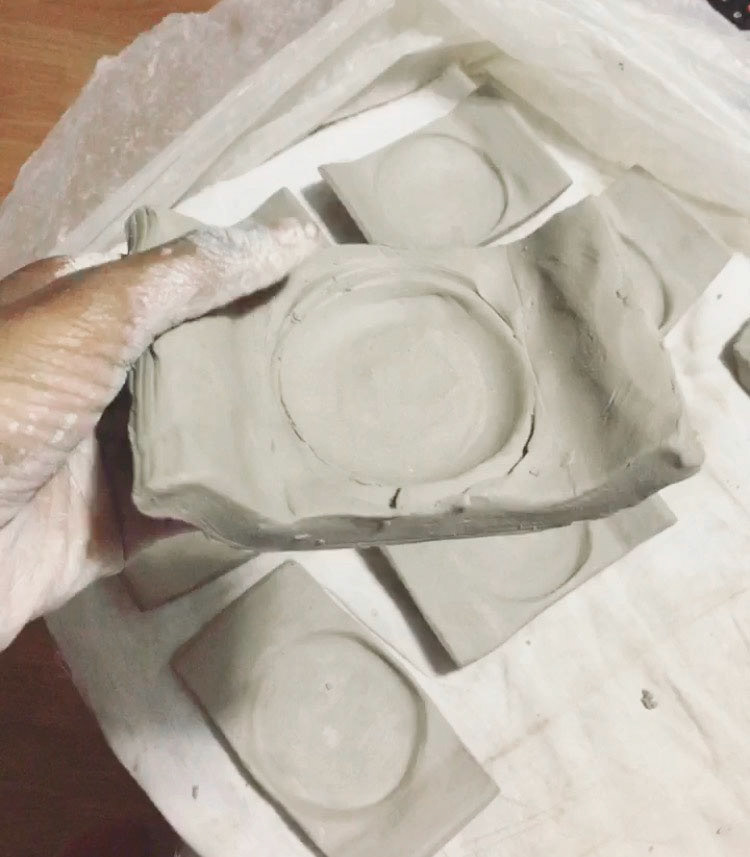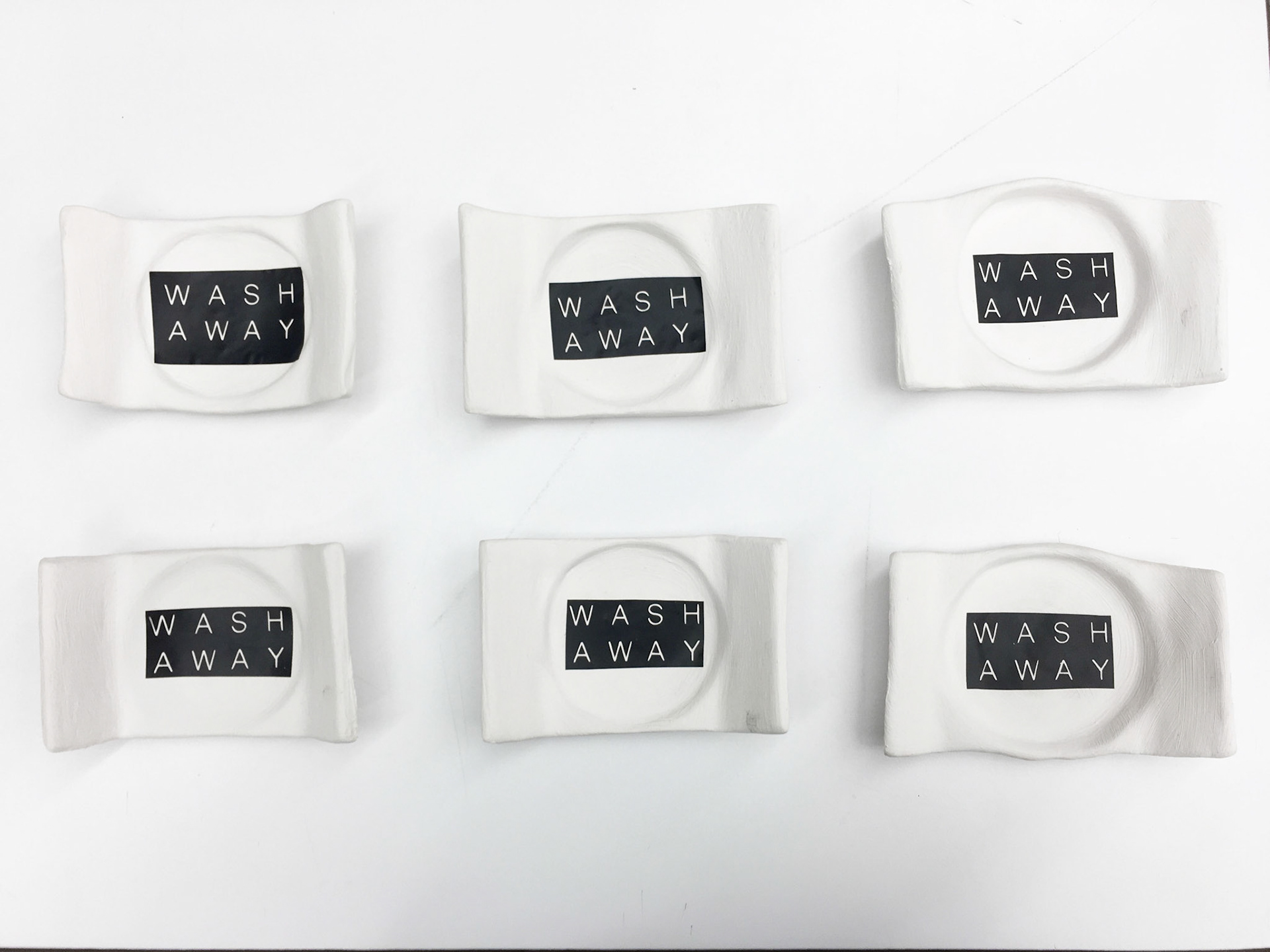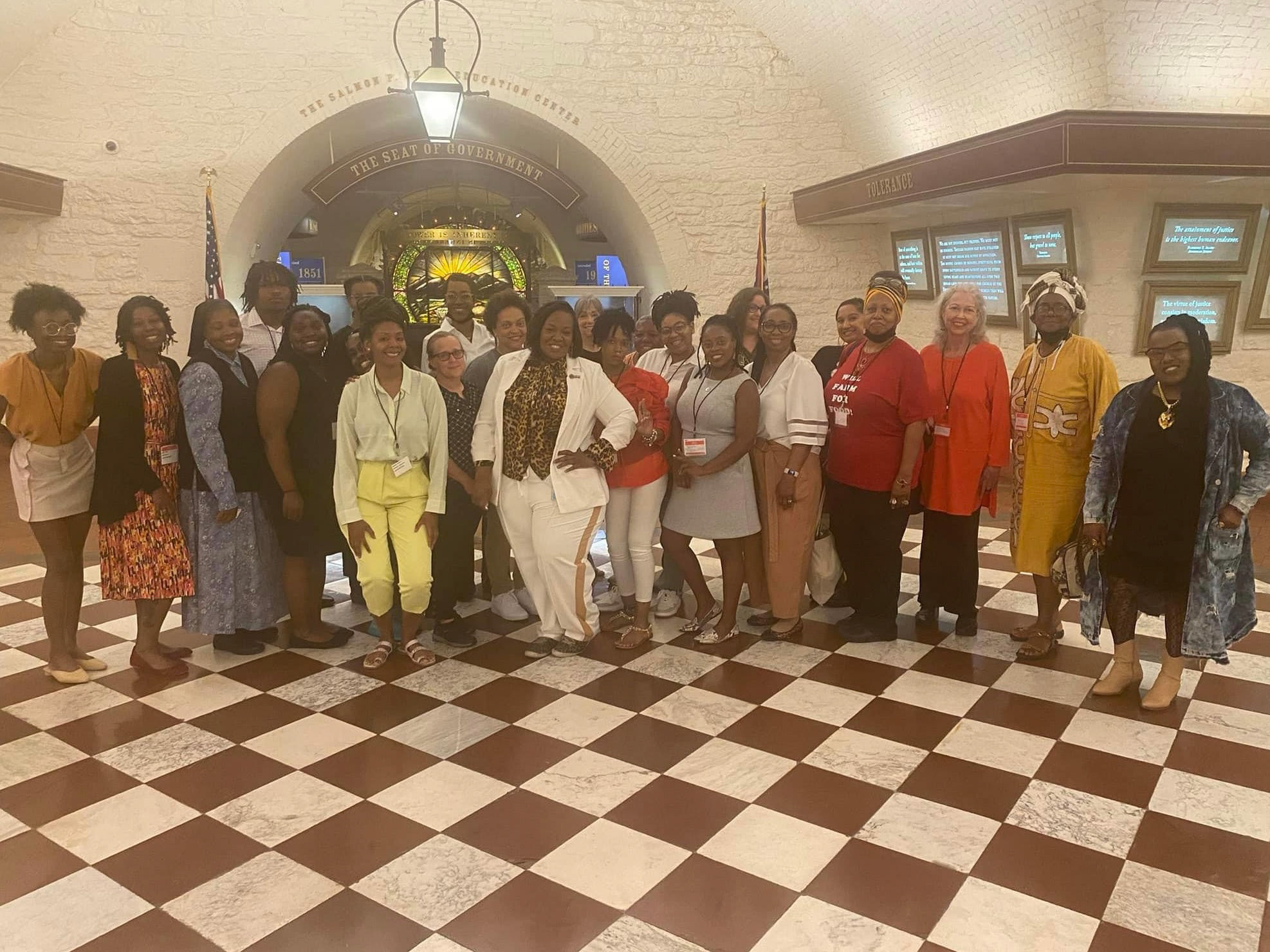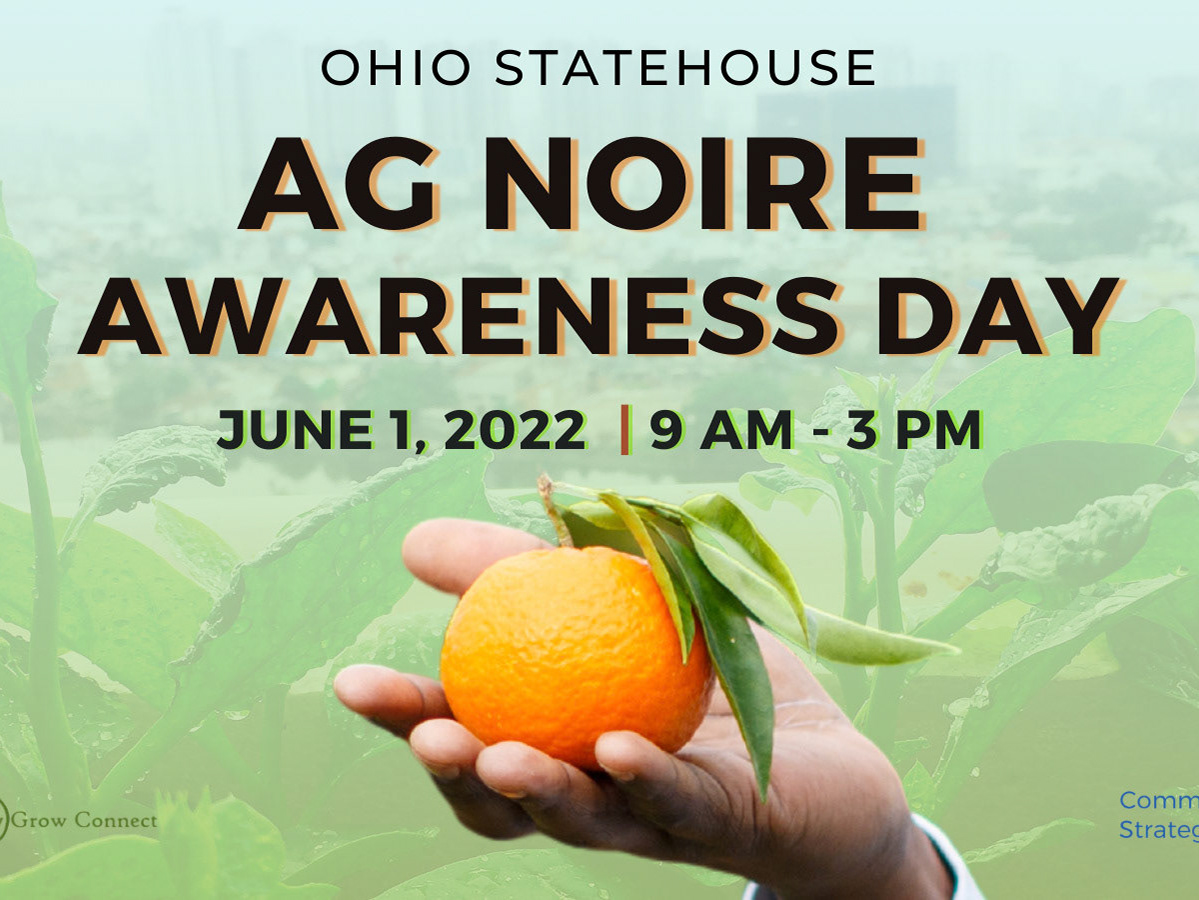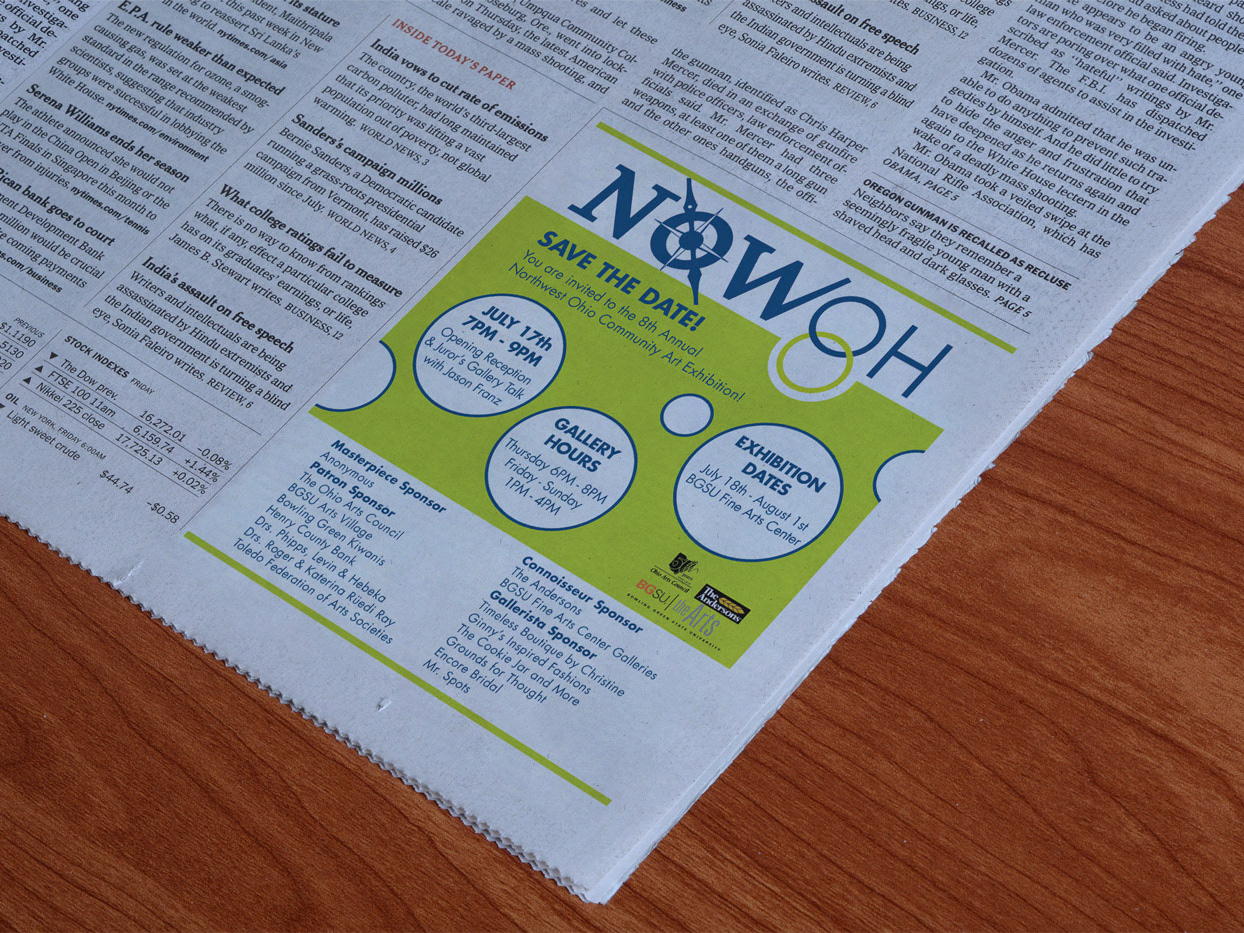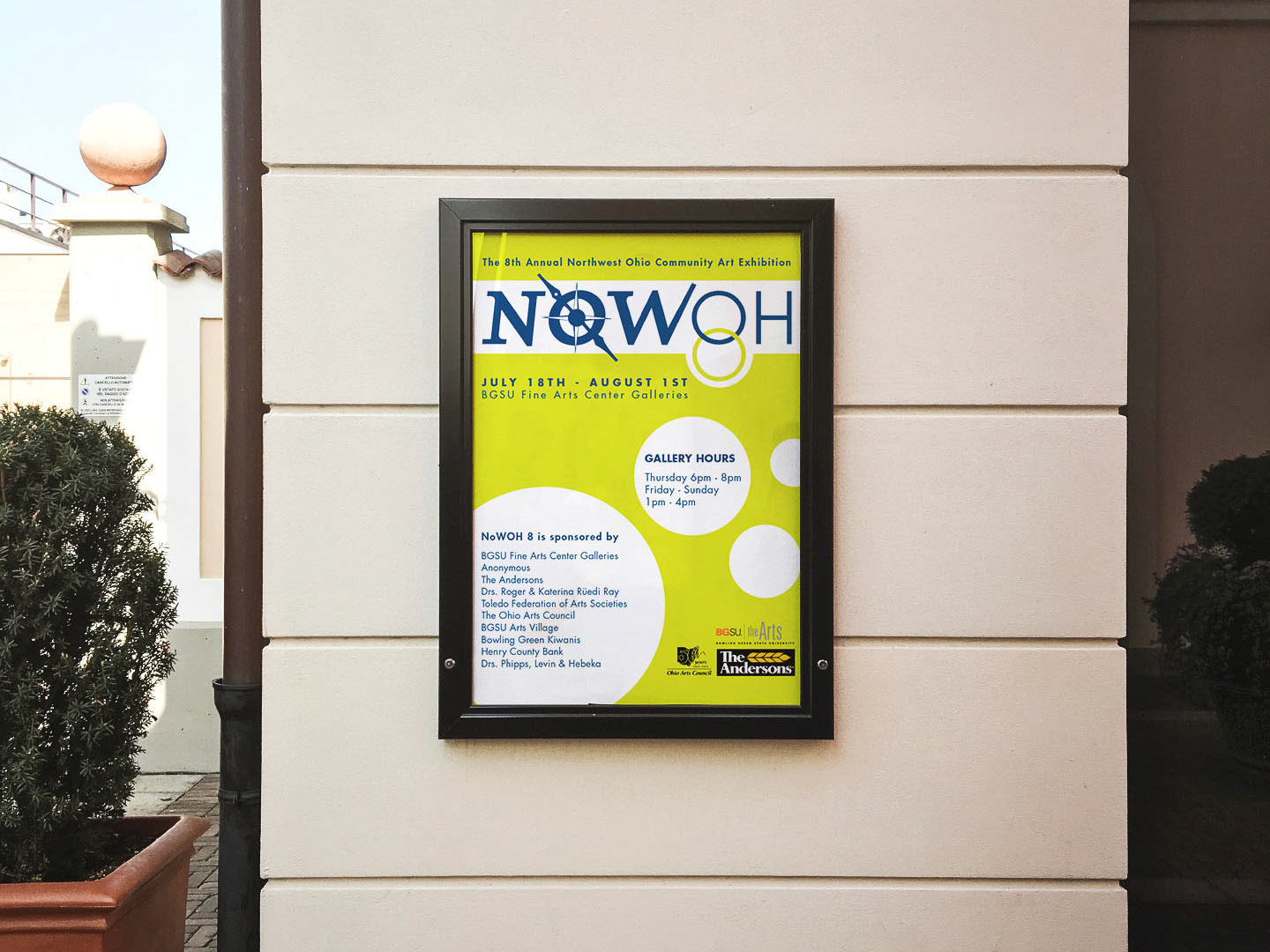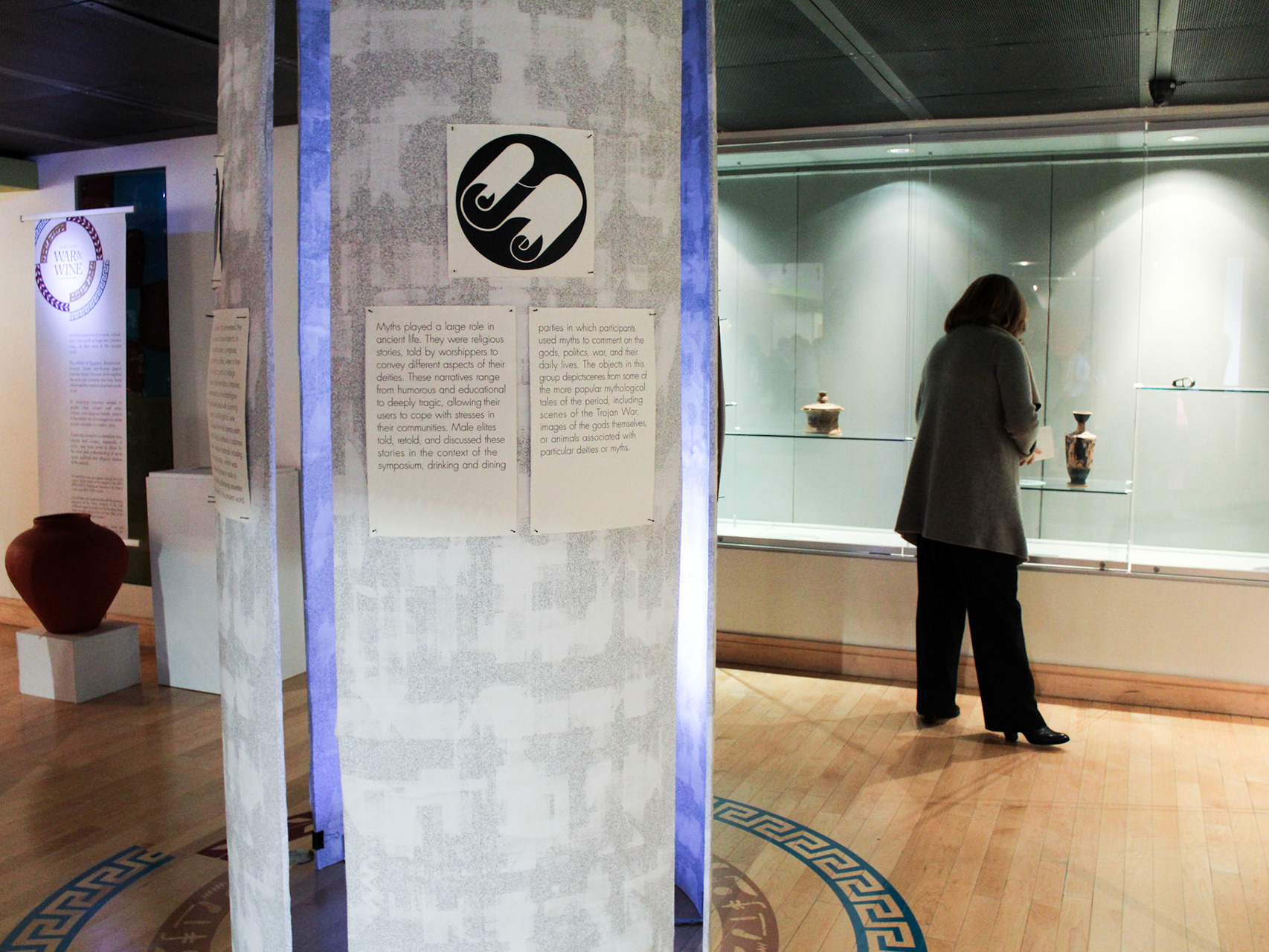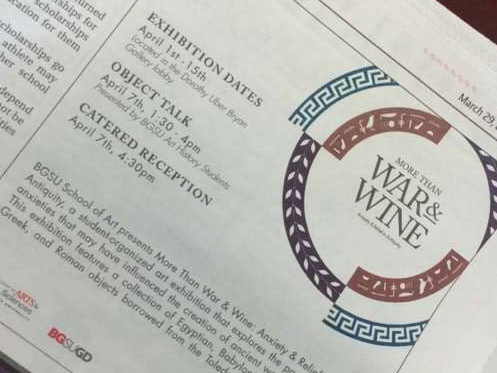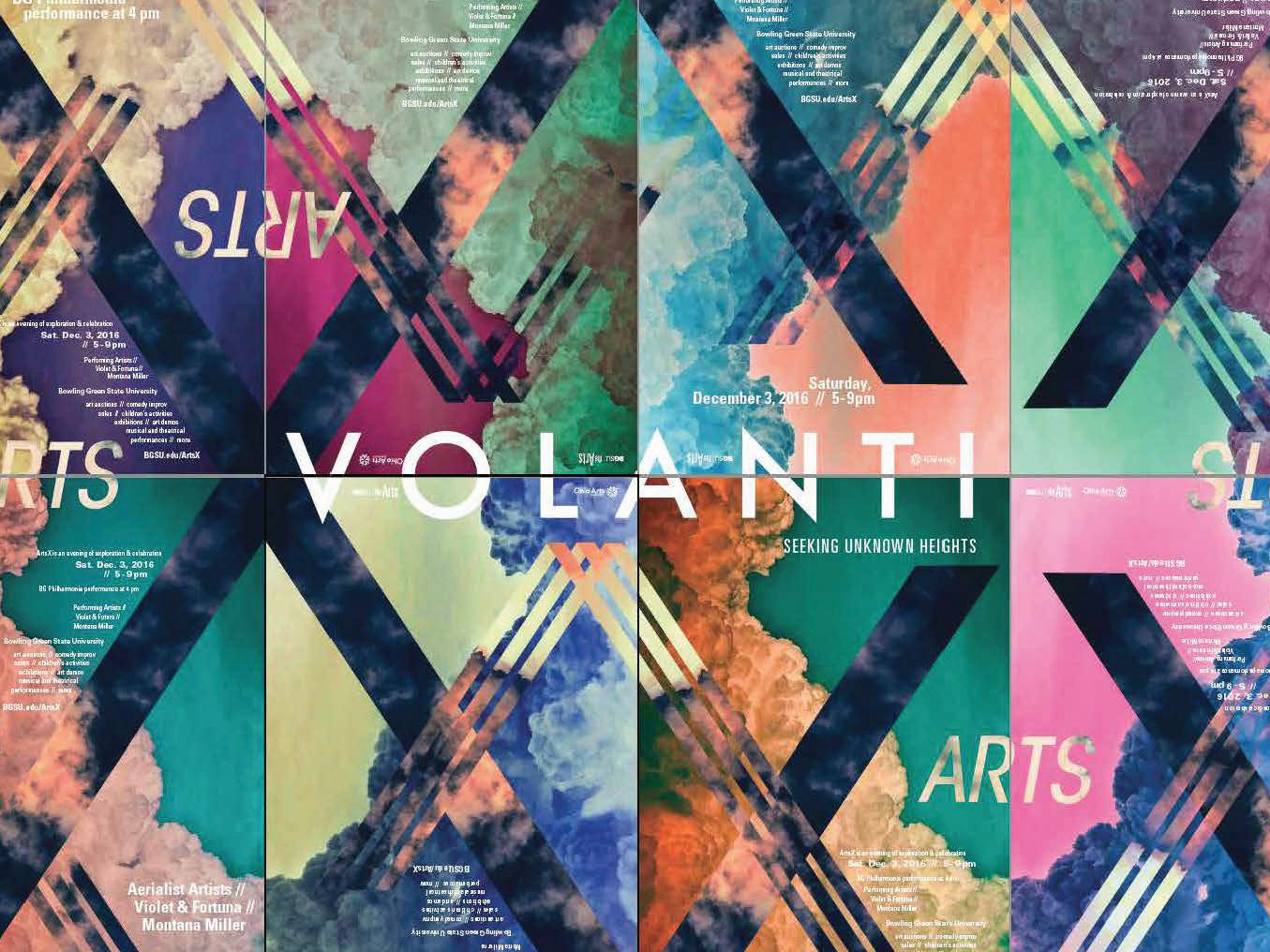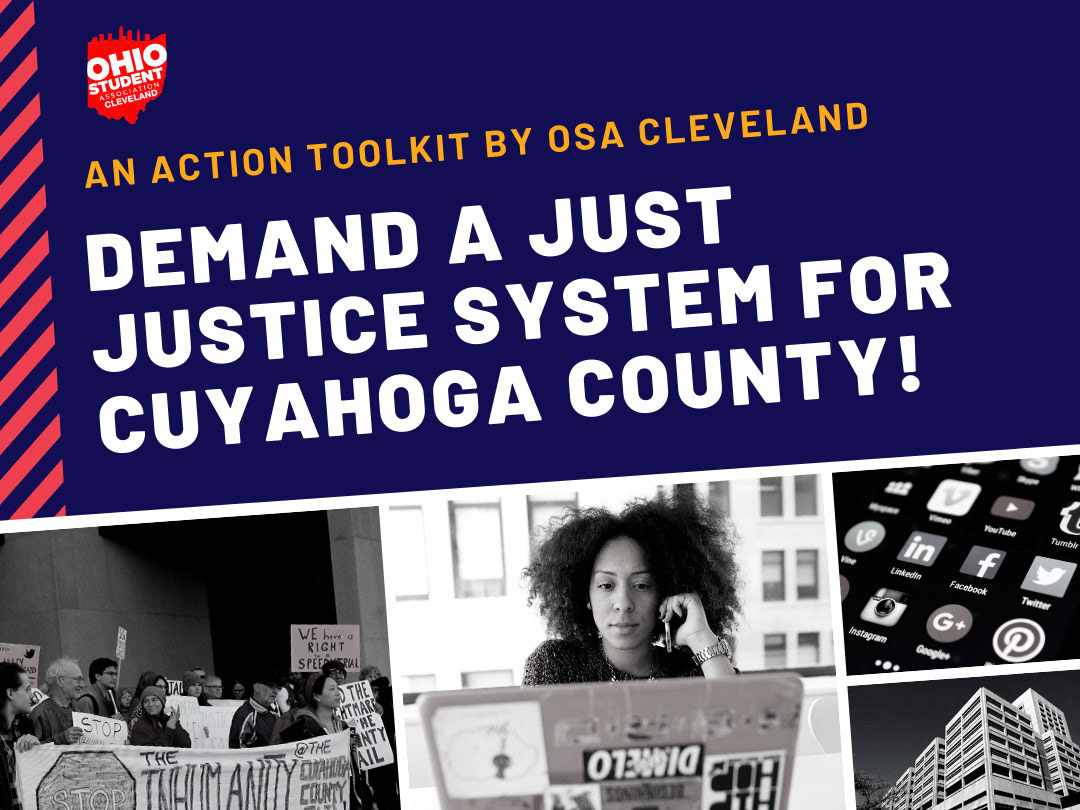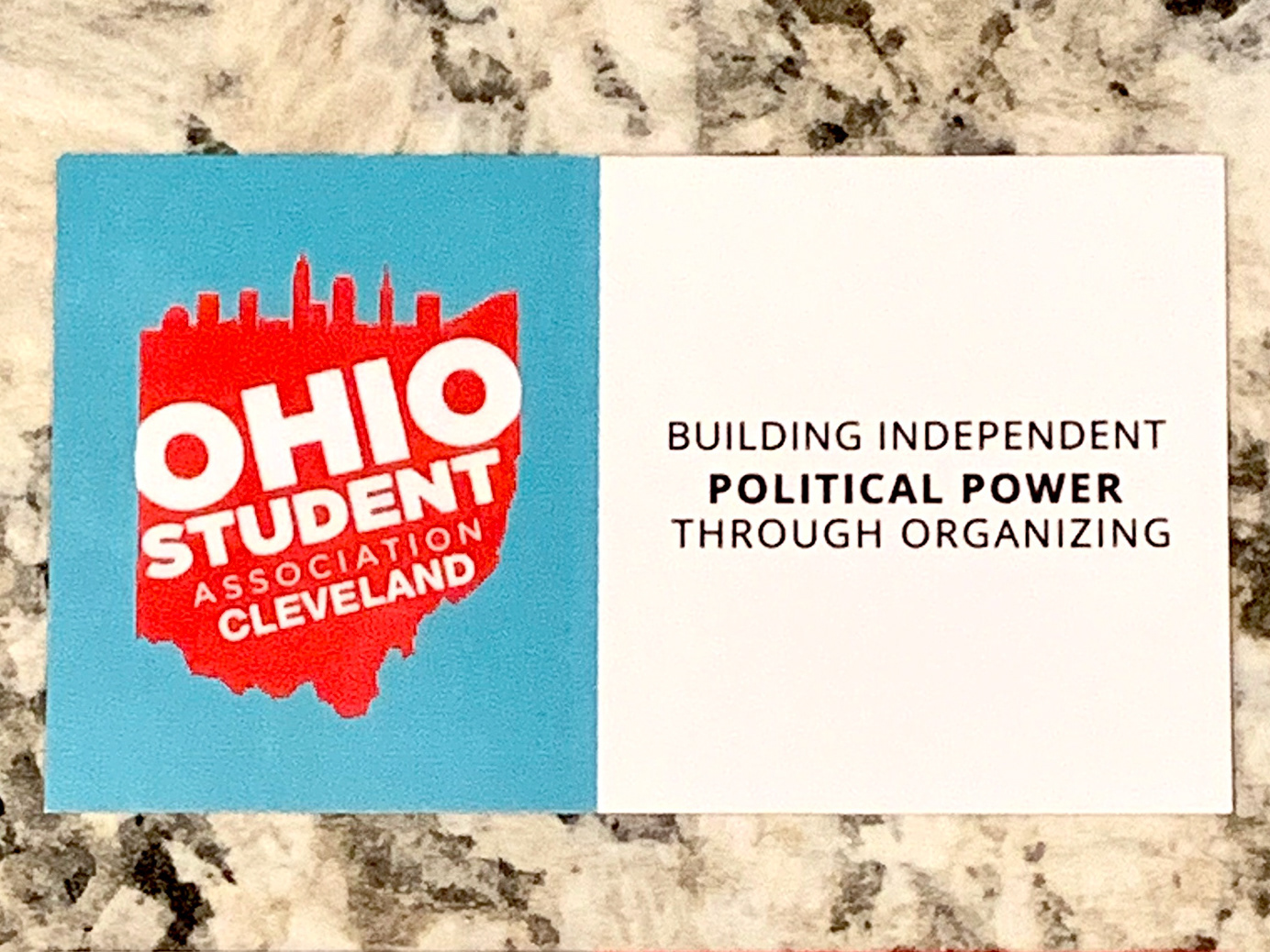At the core of my BFA thesis is an exploration of identity, stigma, and the journey toward empowerment. As a dark-skinned Black woman, my understanding of stigmatized identities began with my own experience of colorism within the Black community as a child, long before I had the words to describe it. Soap, a material that has maintained a close physical relationship with mankind for over 5,000 years, fortifies its place in human culture as a primary means of self-cleansing. Humans have integrated lavation—the process of washing—into devotional and habitual acts, using it as a means to strip away the layers and transform what was once insoluble into something soluble. In this way, soap became the central metaphor of my thesis, symbolizing the personal and collective cleansing necessary to transcend the stigmas attached to identity.
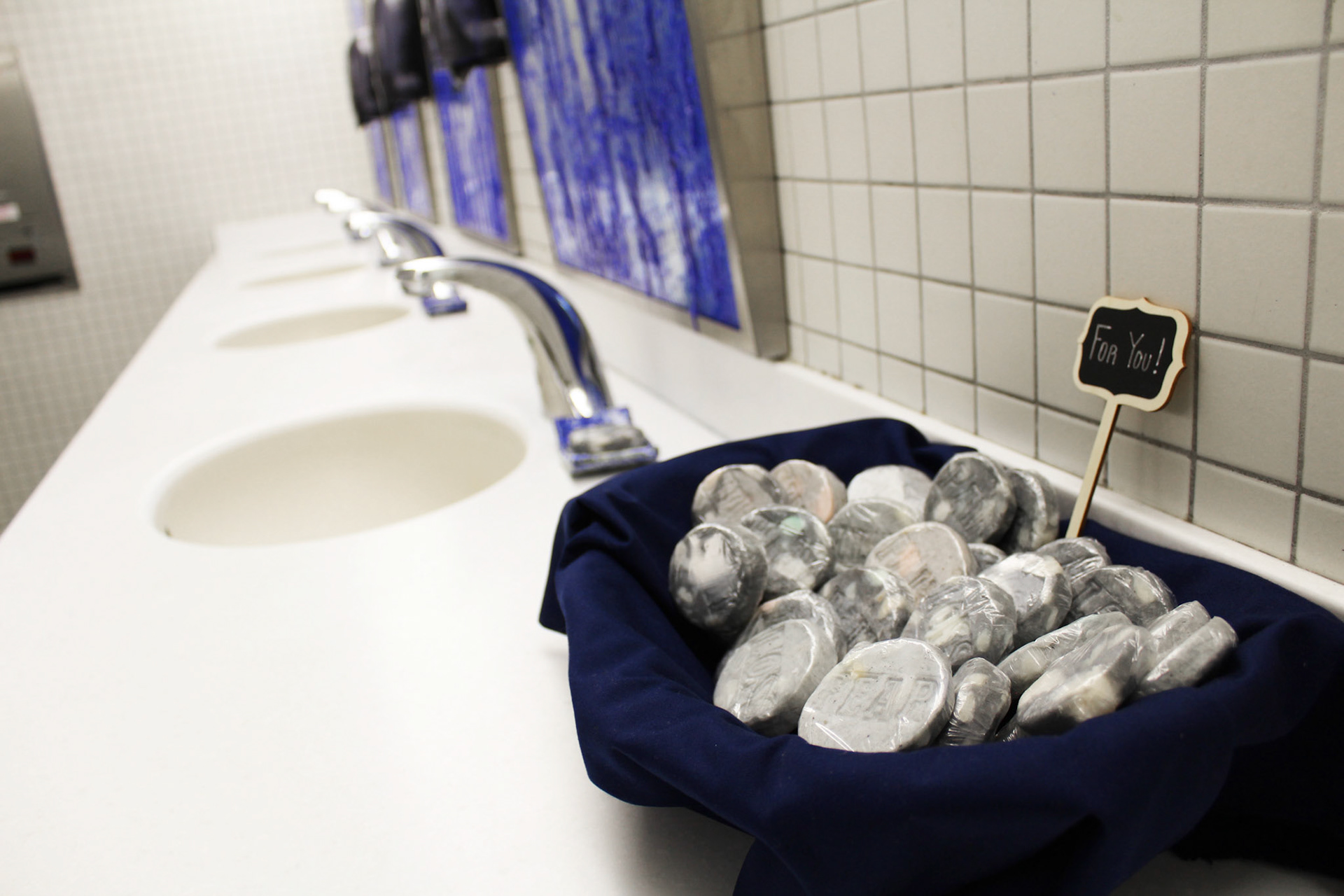
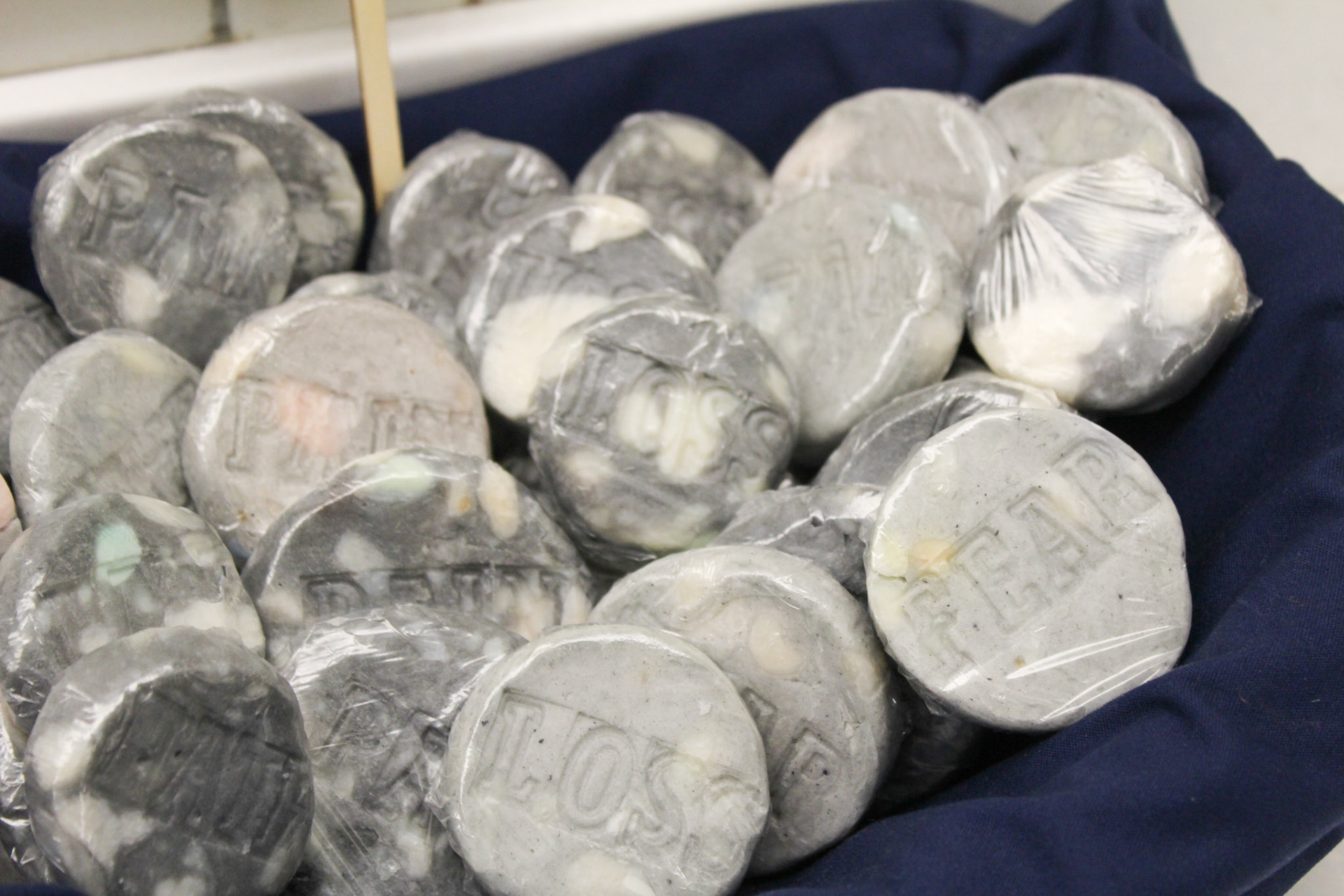
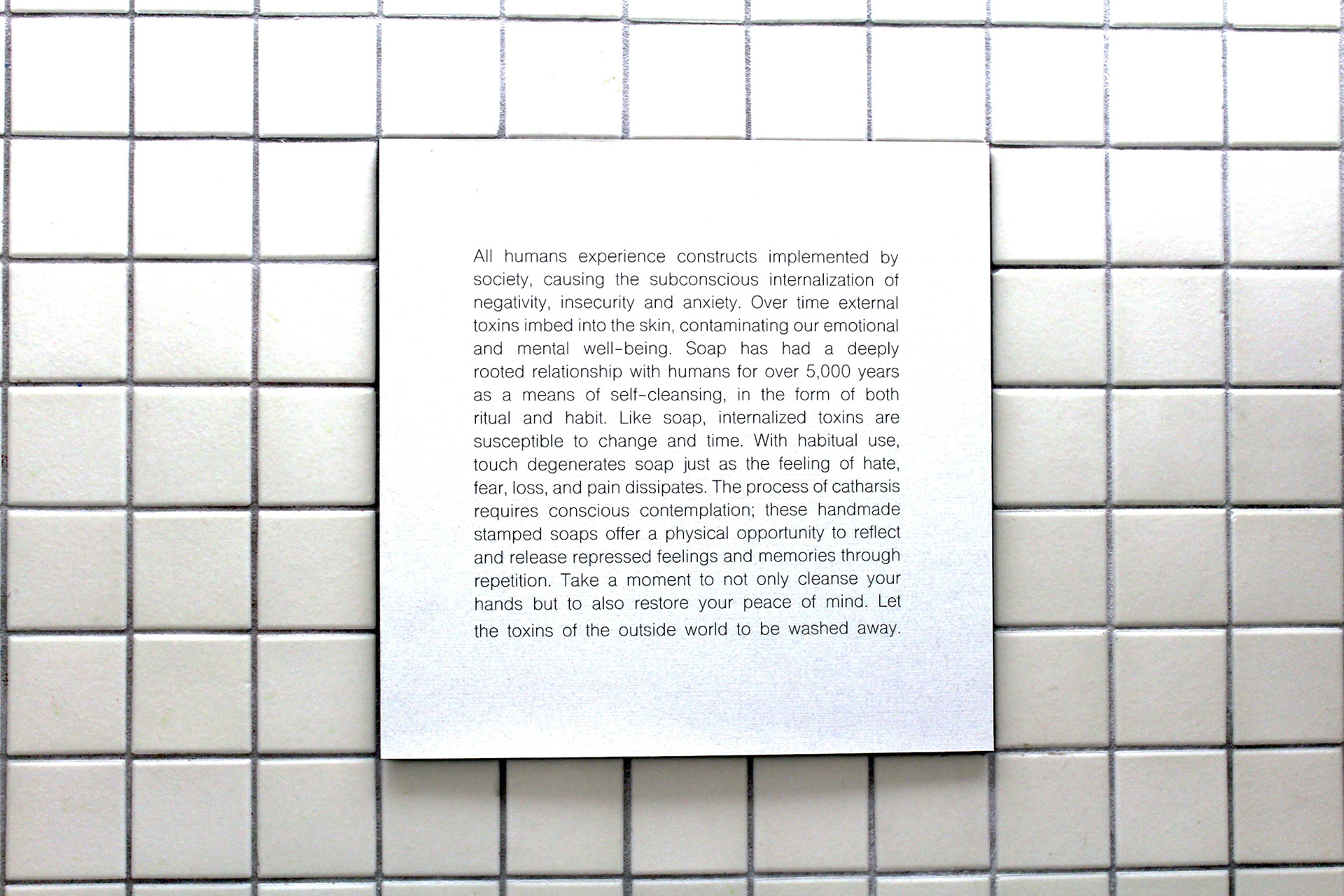
The process behind my BFA thesis installation was deeply personal and grounded in research and experimentation. It began with studies like the 1940s doll test, which revealed the negative racial biases Black children held toward darker-skinned dolls, highlighting the pervasive impact of colorism.
This research resonated with my own experiences of discrimination, which first came not from outside communities but from within the Black community. As I continued to reflect, I broadened my focus beyond race to examine the universal experience of being “othered” and navigating the stigmas attached to identity.
To bring these ideas into tangible form, I conducted interviews with individuals from a variety of backgrounds. I asked them to reflect on the stigmas associated with their identities, the labels imposed upon them, and how their perceptions had shifted over time. These conversations formed the foundation of my project, uncovering shared themes of misunderstanding, exclusion, and reduction to stereotypes.
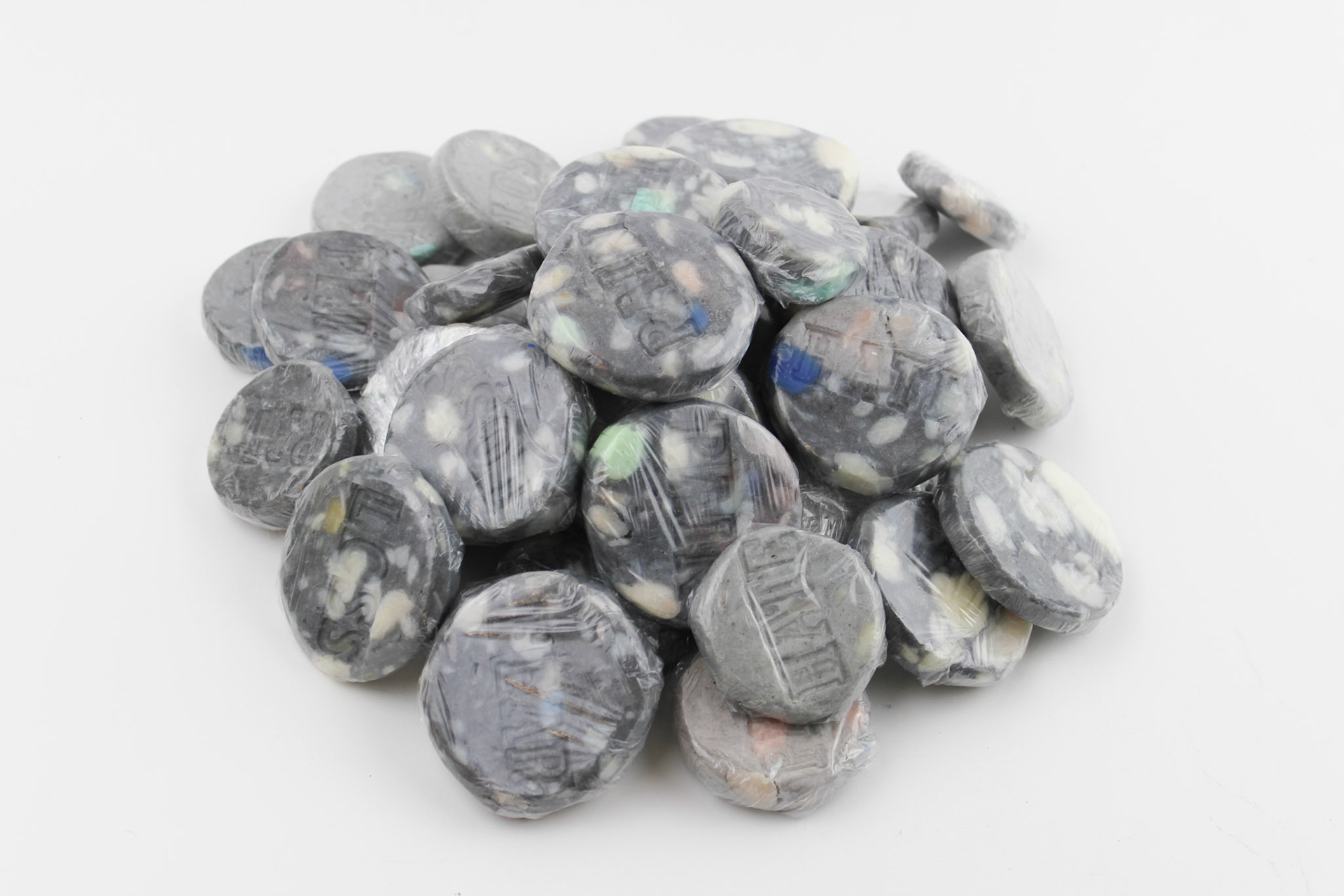
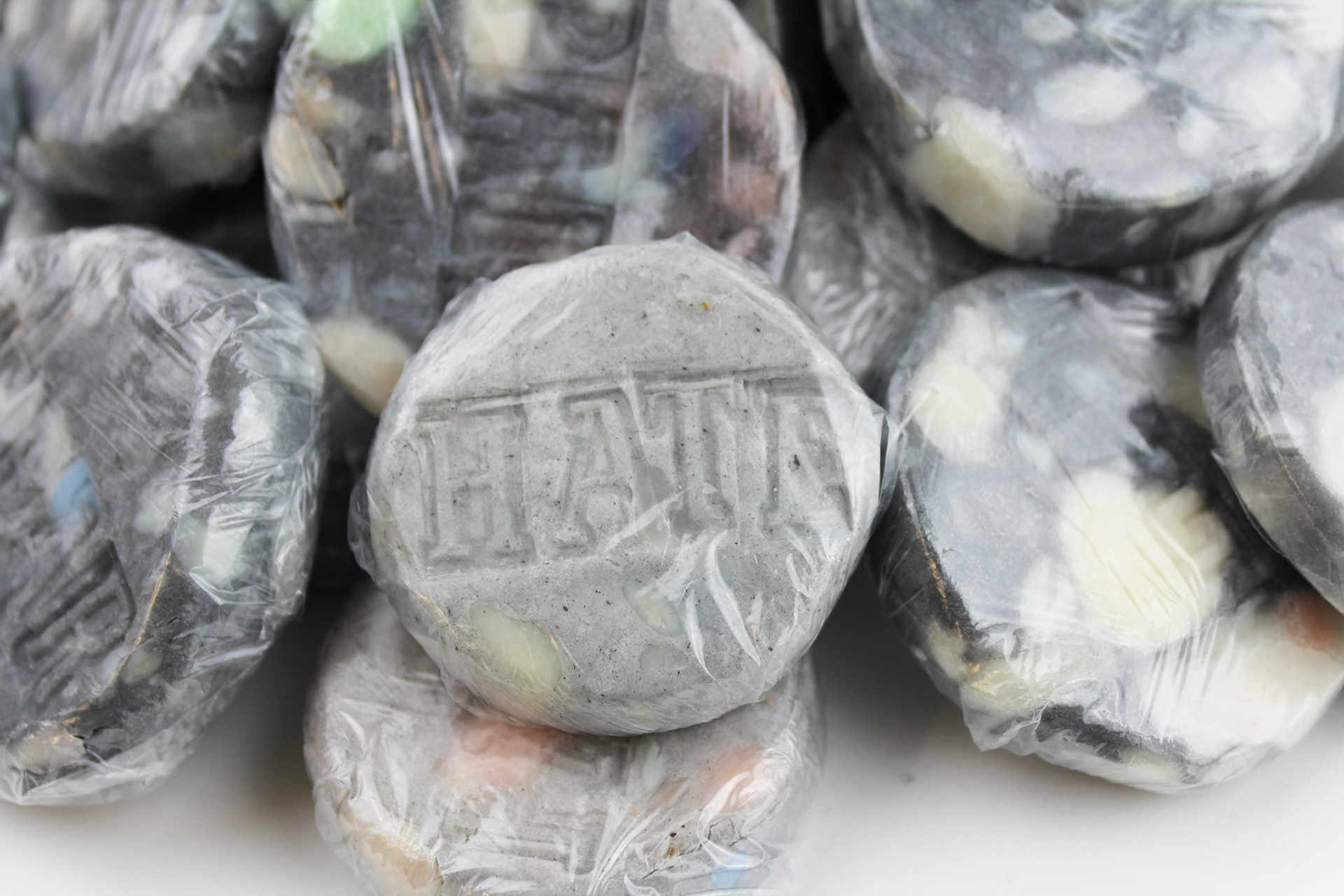
Central to my installation was soap, a material with a rich history of labor, transformation, and purification. Historically, soap production relied on materials like animal tallow, once considered undesirable but transformed into something valuable and functional. This mirrored the core themes of my work: the transformation of stigmatized materials into something meaningful and essential.
Soap’s centuries-old relationship with mankind underscored the act of cleansing—both literal and metaphorical—becoming a key motif in my project. The act of washing is a ritual that allows for a shedding of trauma, and I wanted to explore how this process could serve as a symbolic path to healing.

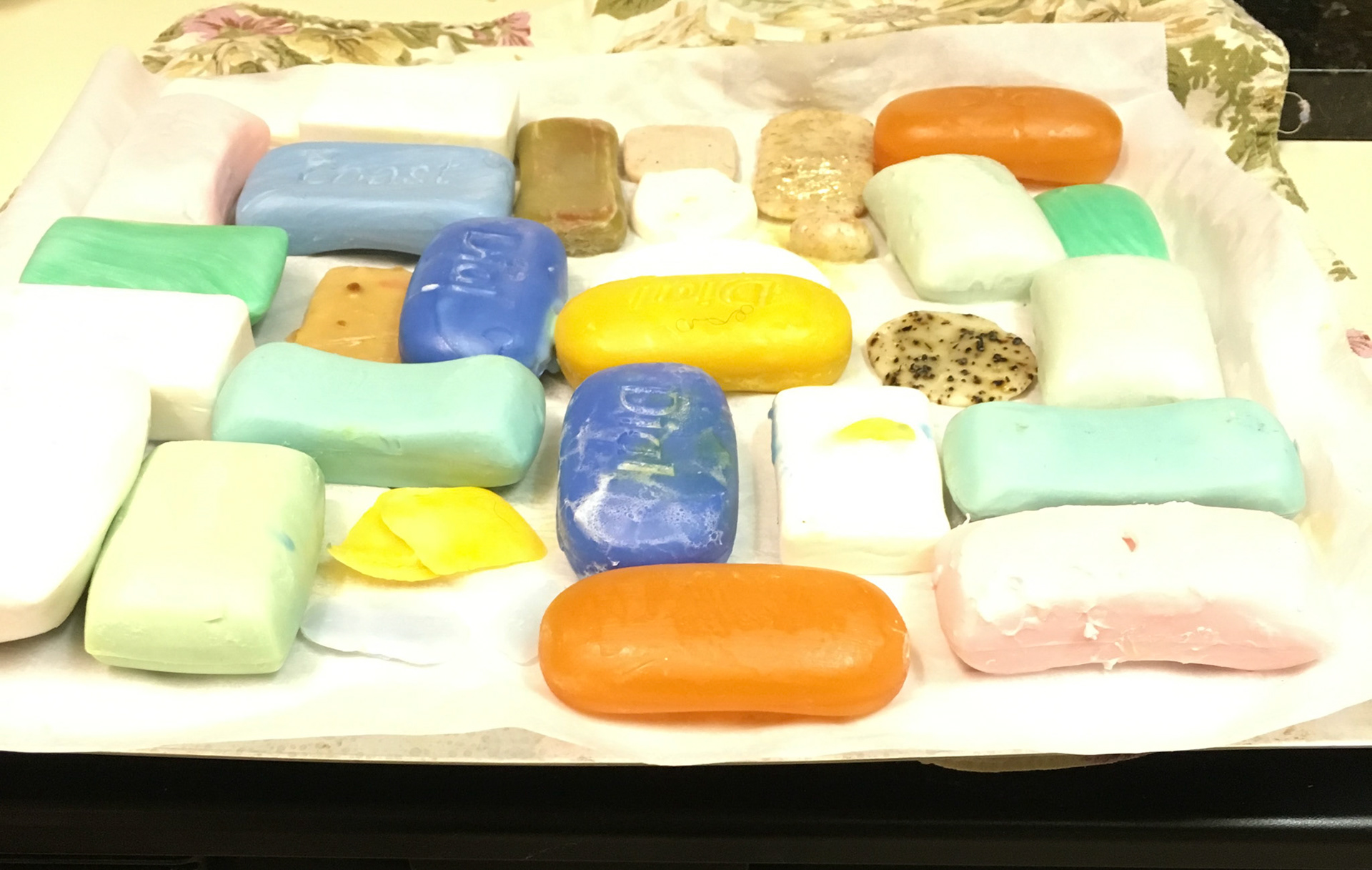
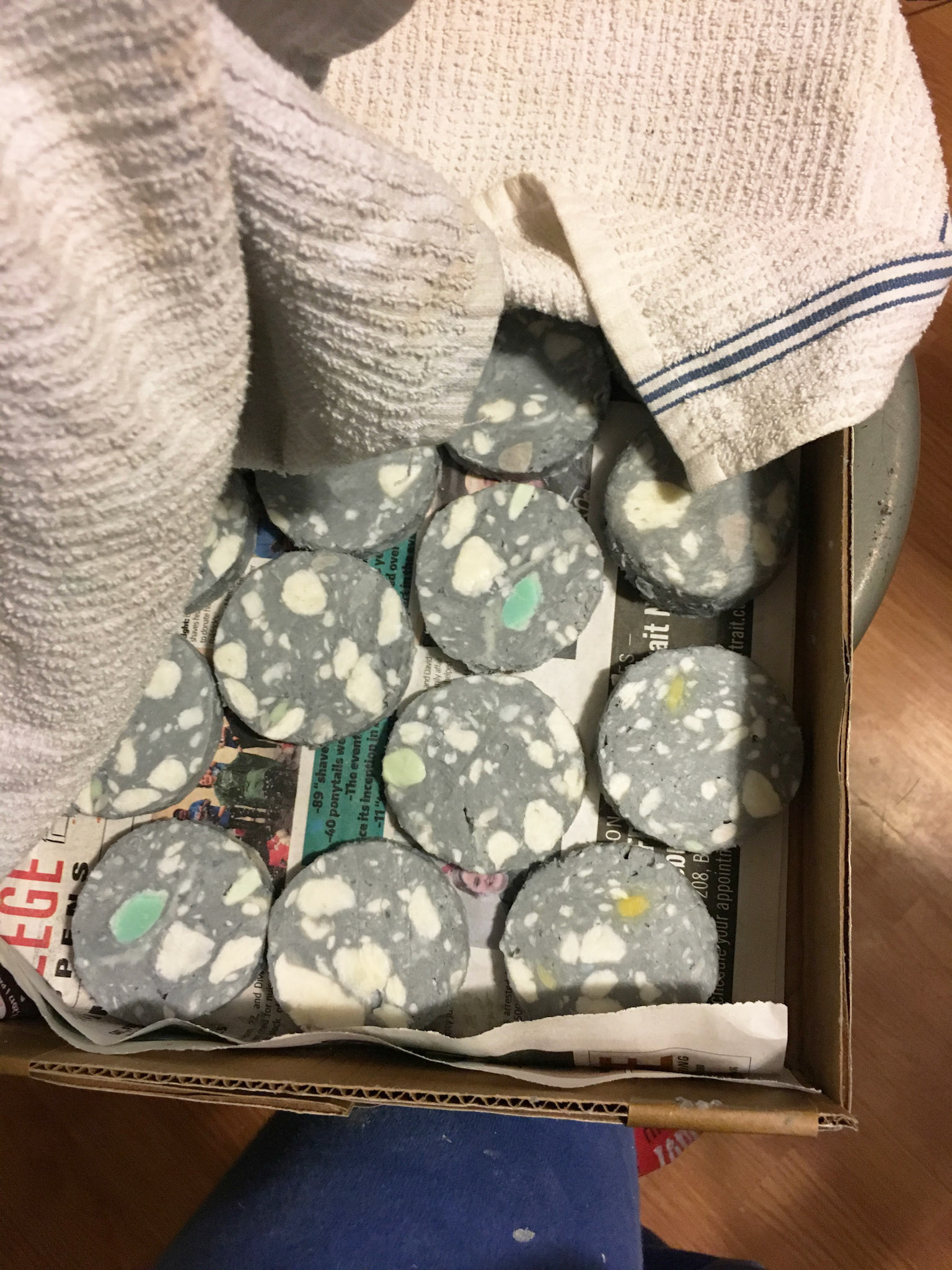
As part of the process, I distributed colorful, unused bars of soap to participants and asked them to meditate on the act of washing away stigmas during their daily handwashing rituals. I later collected these bars, which were then chopped and incorporated into a neutral gray soap base I created from animal tallow. The result was a mosaic-like effect, representing the individuality of each story while also emphasizing their interconnectedness. Each bar was stamped with universal words such as “fear,” “loss,” “hate,” and “doubt,” which emerged as recurring themes in the interviews. These words not only acknowledged pain but also reflected the layered and multifaceted emotions tied to stigma.
The final installation took place in a public bathroom—a space symbolically tied to cleansing and reflection. Mirrors were painted with a soapy blue mixture in a bubble-like pattern, bearing the phrase WASH AWAY. Handmade ceramic soap dishes with the same phrase accompanied the bars of soap, which were offered to visitors.
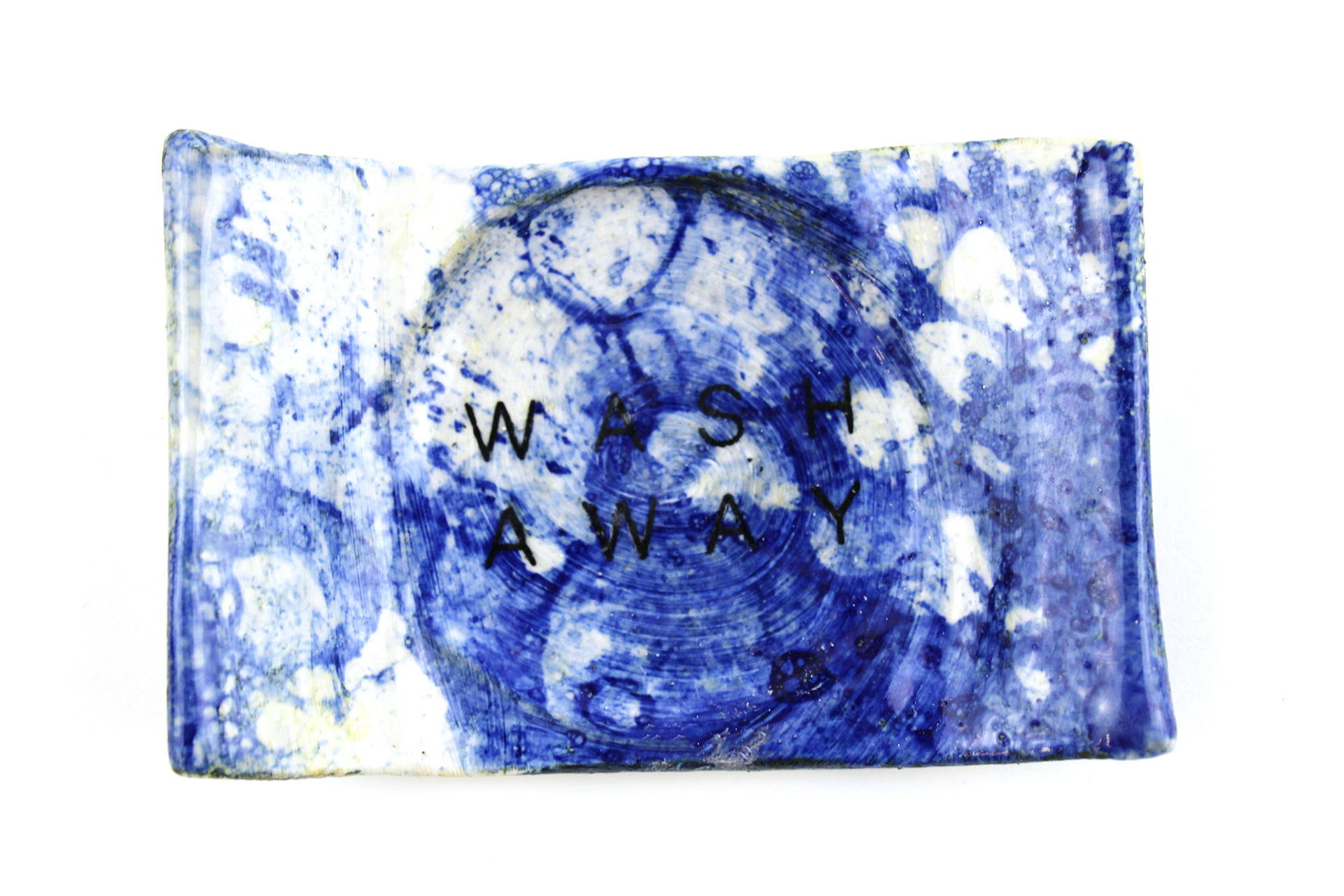
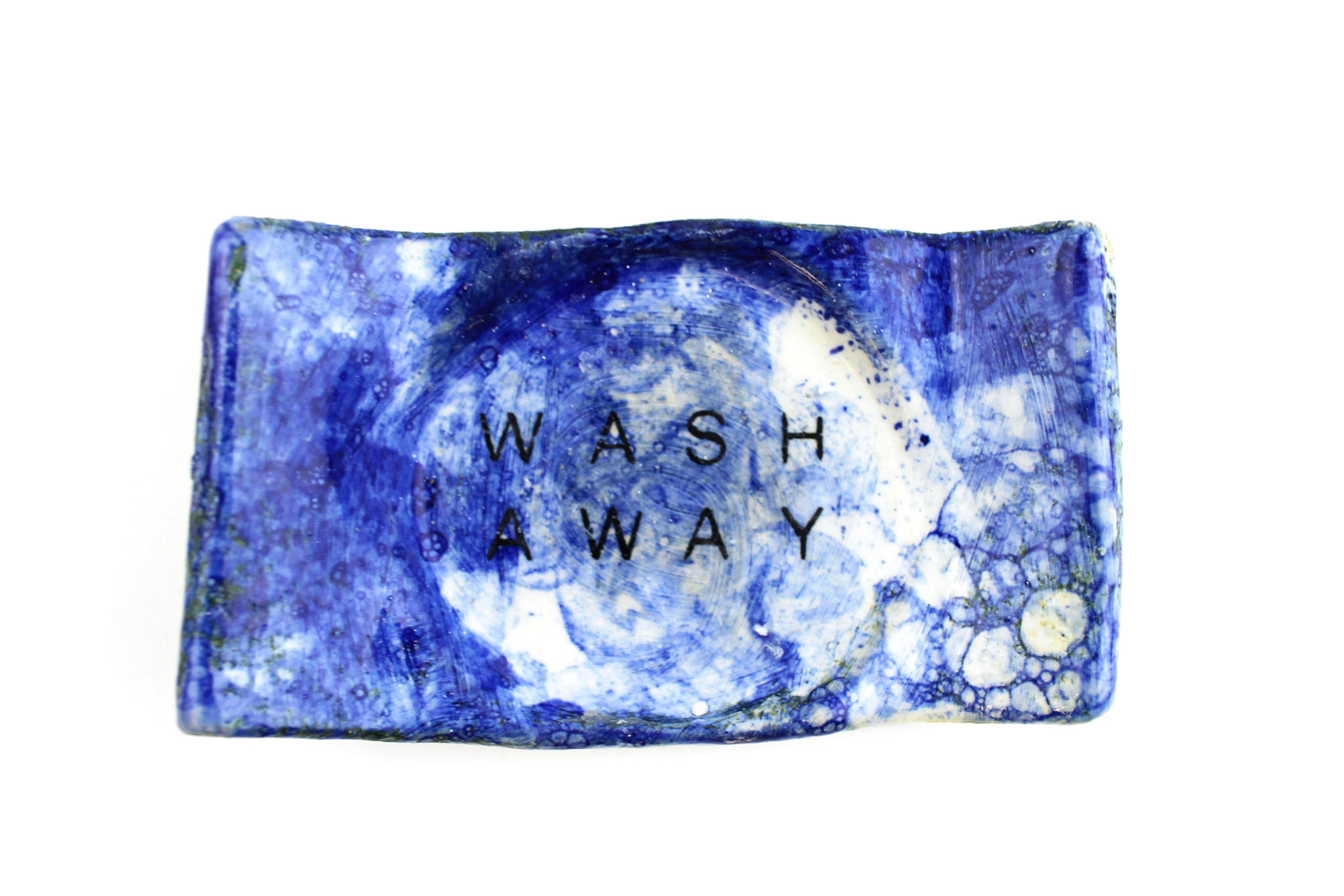
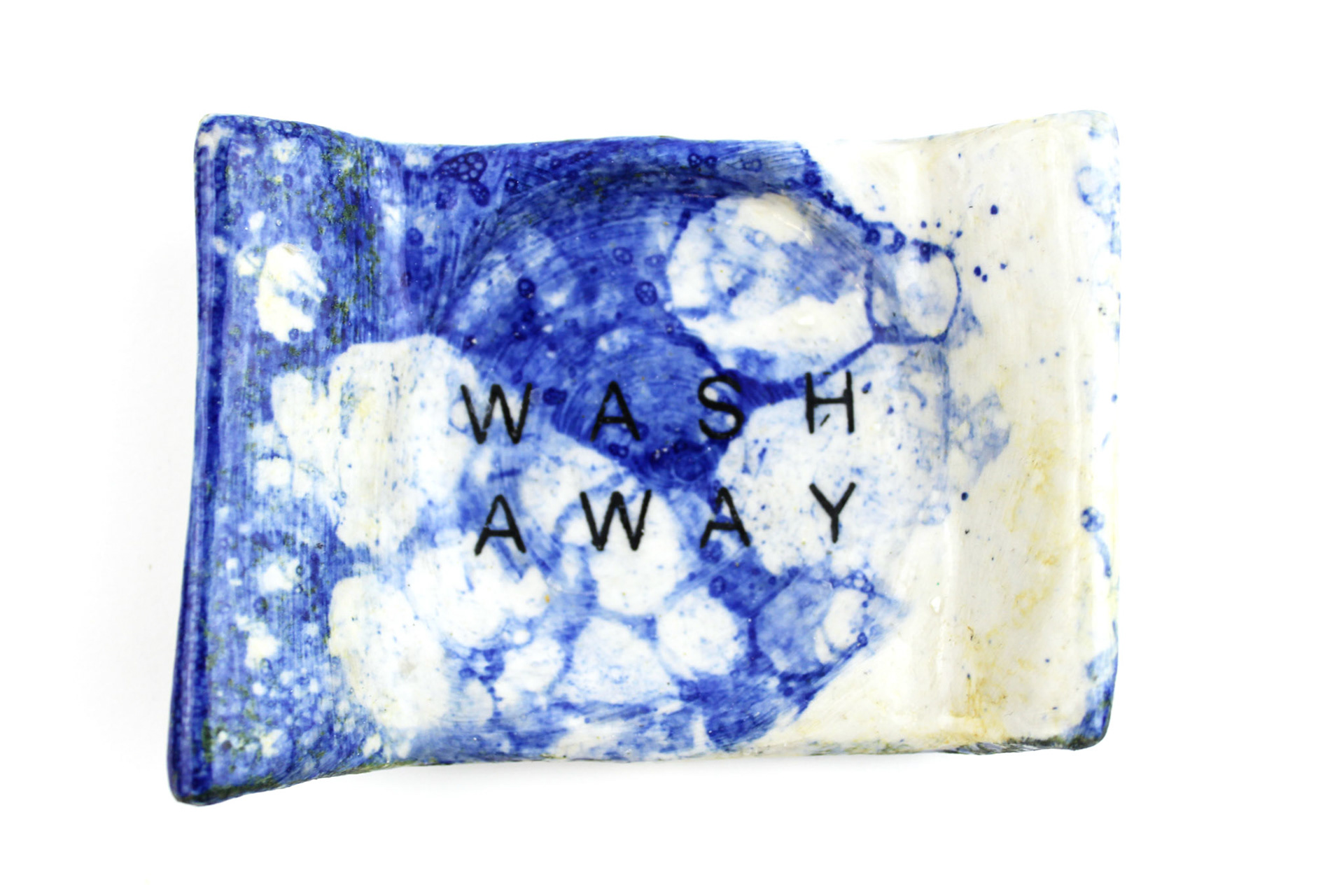
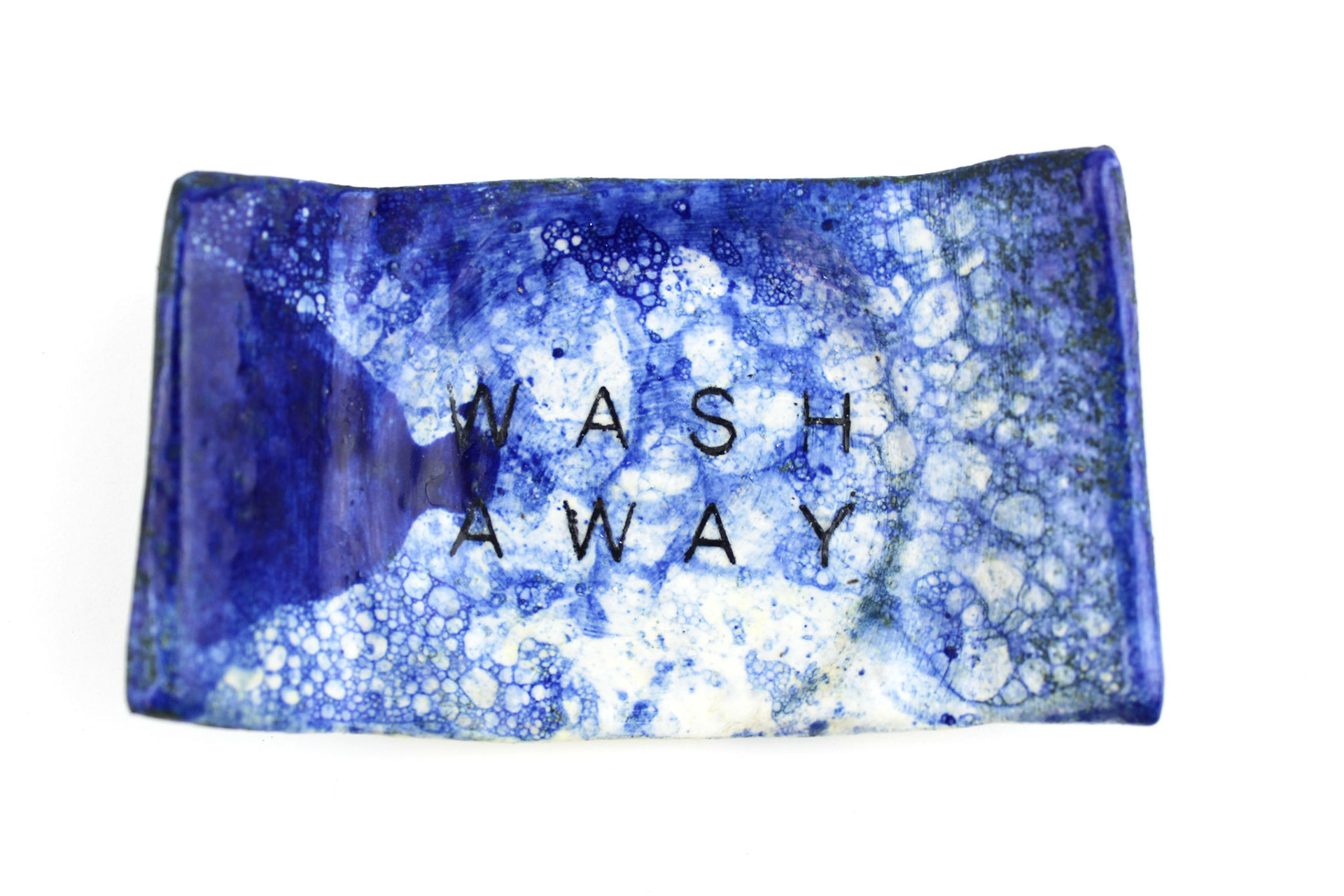
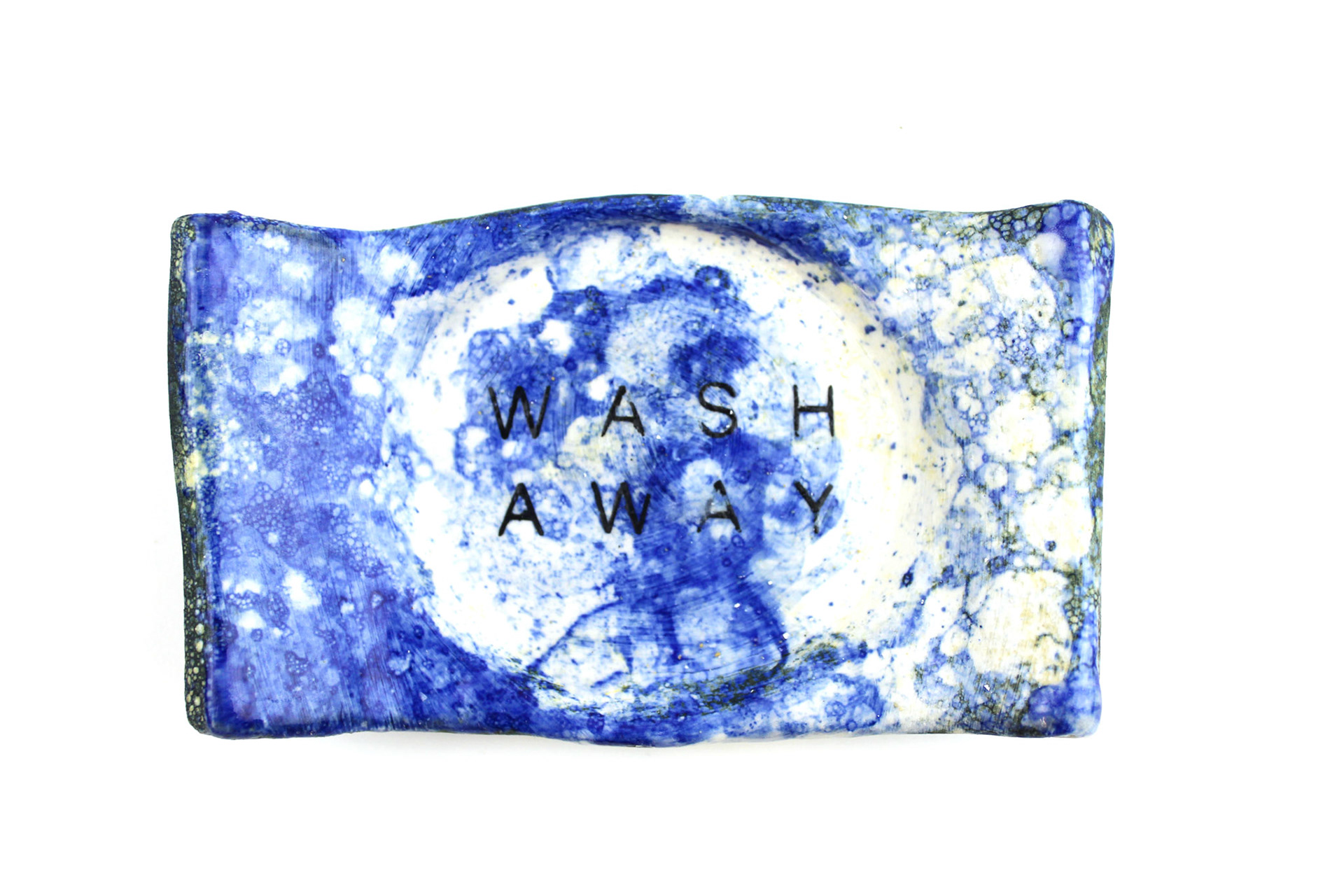
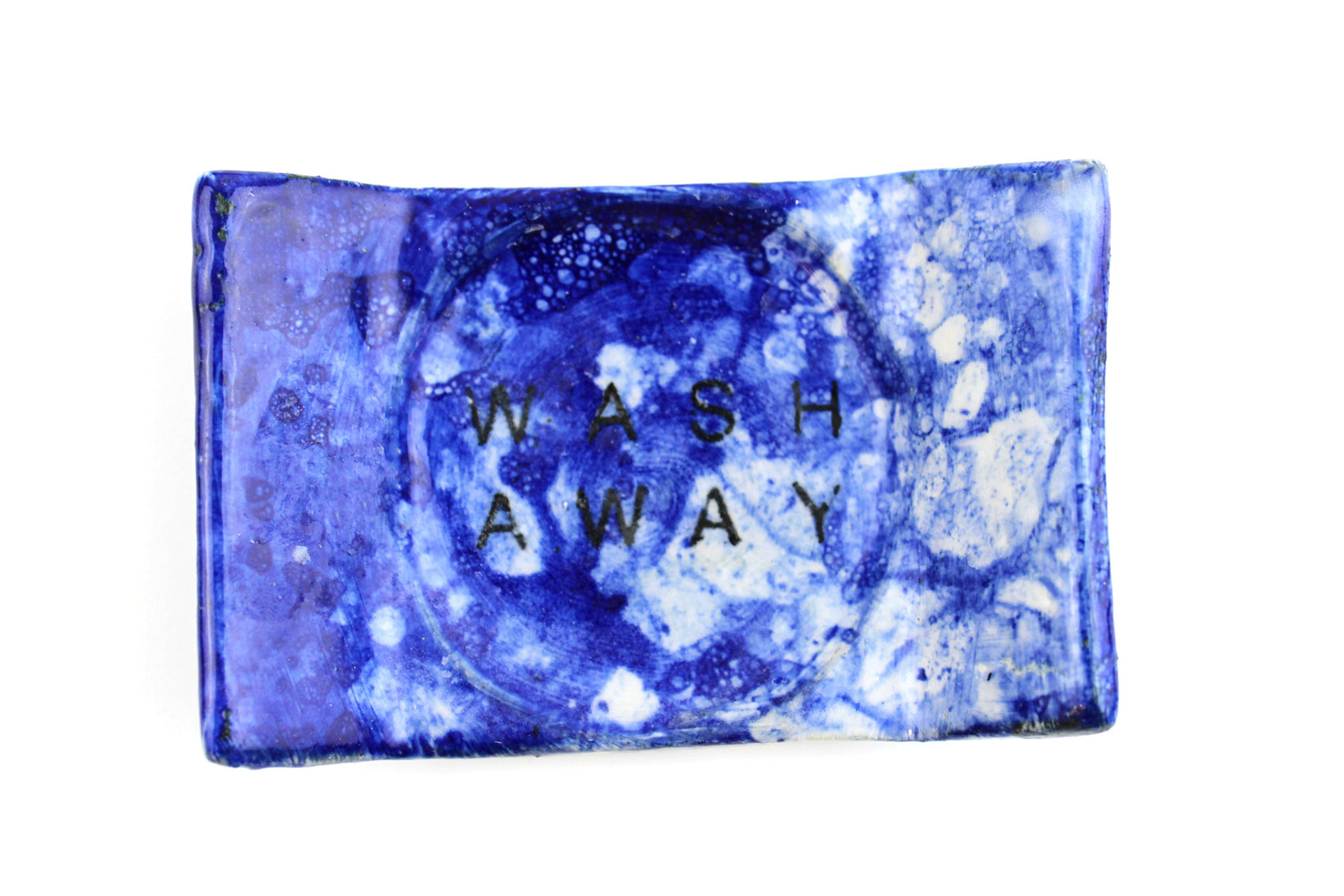
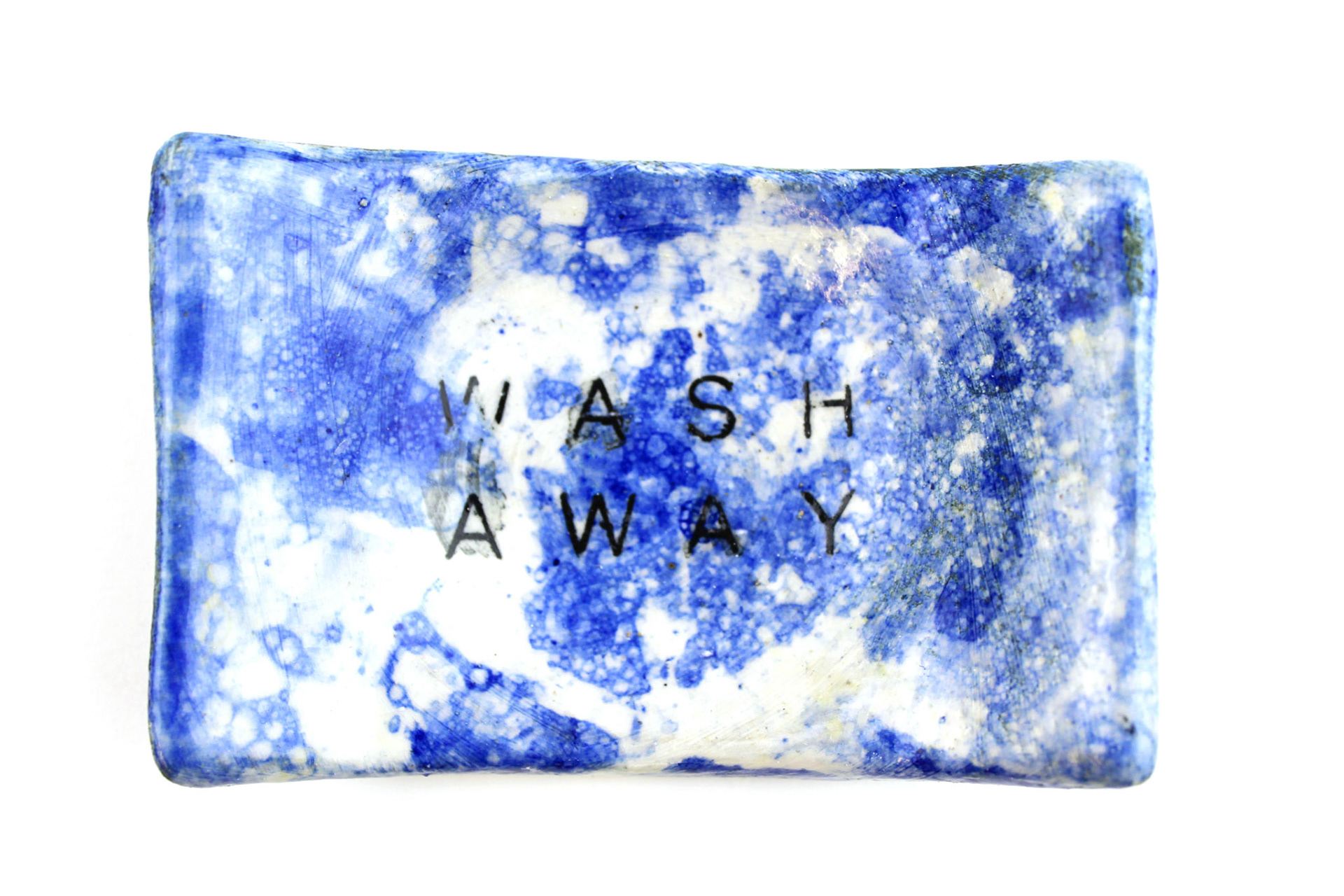
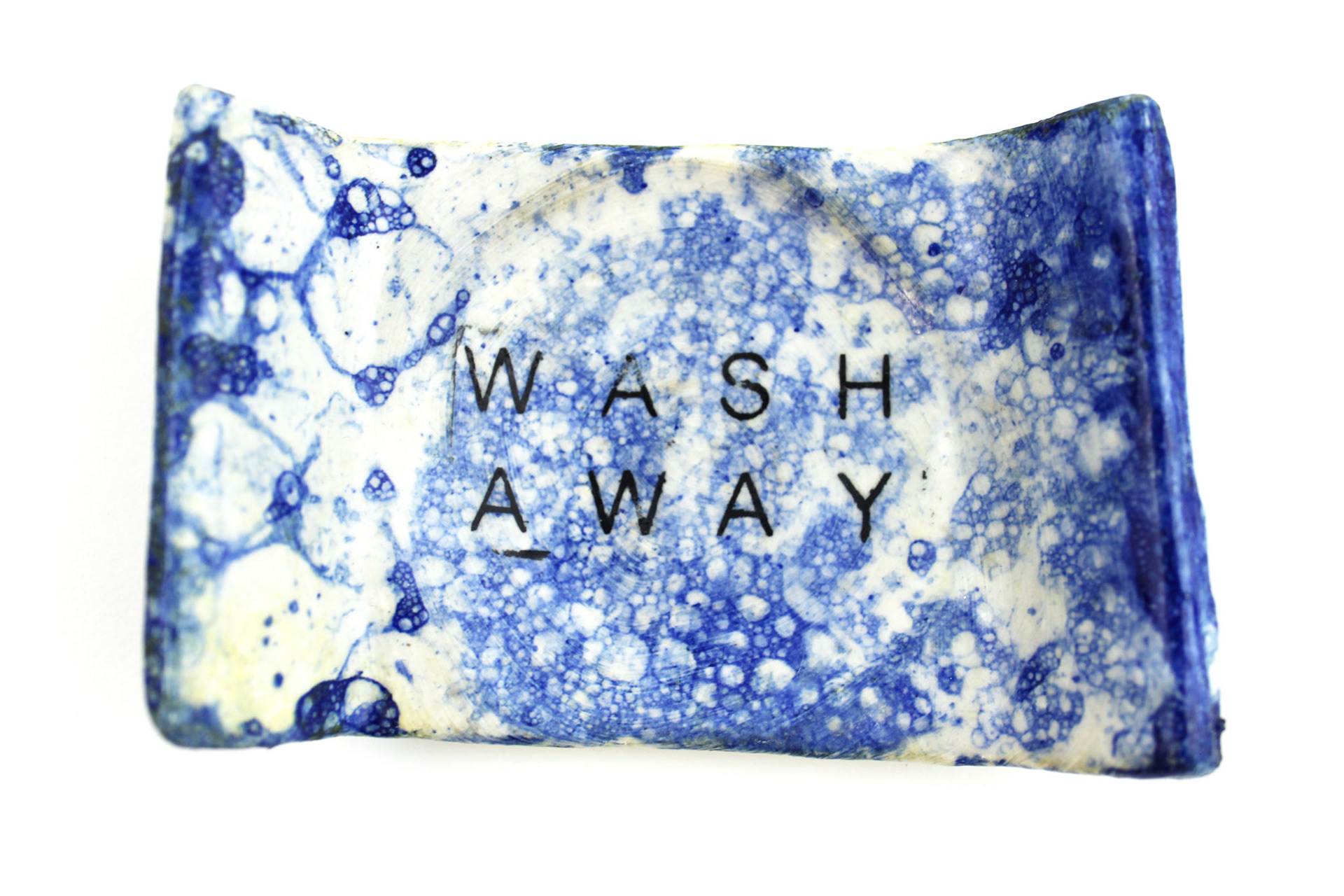
This interactive space invited participants to engage with the work by confronting their own experiences with pain, loss, hate and doubt and considering their potential for renewal. By physically interacting with the soap, visitors were encouraged to reflect on the act of transformation and the shared human experience of navigating identity-based challenges.
Installation Process

